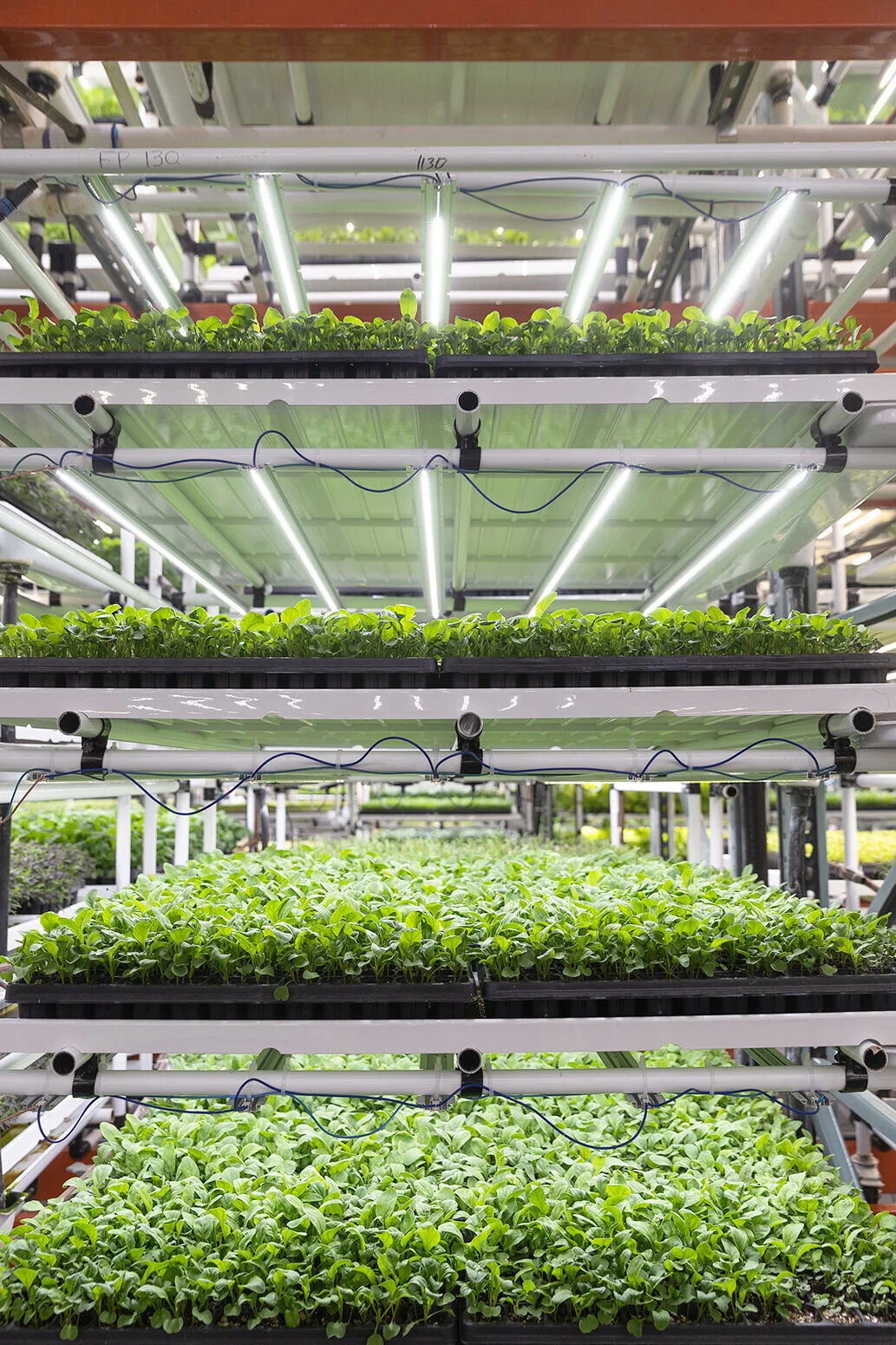Indoor Farmer Grows His Greens Vertically
Capital Press Oct 19, 2020
VANCOUVER, Wash. — Ken Kaneko, founder of Forward Greens, recalls the first time he saw a vertical farm.
Kaneko was a tech scientist for Intel at the time, on a business trip to Japan. When he stumbled upon a Japanese vertical farm — plants stacked high to the ceiling — Kaneko said he remembers being amazed.
Back in the U.S., he researched indoor vertical farming. In 2017, he incorporated in Vancouver, Wash., and in 2018, he started selling microgreens to grocery stores across the Pacific Northwest.
Kaneko said the business is an intersection of his passions. He said he loves salad and is able to use skills he learned from the tech world."
I'm not doing technology for the sake of technology. Every design has a reason," he said.
Kaneko's vertical farm is one of just a handful like it in the West.
Globally, vertical farming is taking root. "Plant factories" filled with vertically stacked shelves are gaining popularity in the Netherlands, Japan, Scotland, and other nations. But experts say the U.S. isn't likely to adopt vertical farming on a wide scale anytime soon."
The Netherlands and Japan are small countries with relatively high populations. Here in America, we've got all kinds of space. Especially here in the West, there's so much room. I'm betting for a while, it's still going to be easier and cheaper to go wide instead of going tall," said Mykl Nelson, instructor of urban agriculture at Oregon State University.
But for Kaneko and a few other pioneers in the Pacific Northwest, growing vertical has its perks.
The classic appeal, experts say, is that for urban dwellers, the greens are as local and fresh as it gets. Kaneko's greens are shipped from 1 to 150 miles, whereas greens from Arizona or California may be shipped more than 2,000 miles to Portland.
Advocates also tout vertical farming as more "sustainable." Kaneko said his greens use 95% less water, 99% less land, and 100% fewer pesticides than conventional greens grown outdoors.
Nelson of OSU added that vertical farms also have more control over "weather" conditions and shorter harvest turn-around times.
Consumers are taking notice.
Jeff Fairchild, grocery buyer for New Seasons Market in Portland, said he has seen an increase in interest from shoppers.
Fairchild said the total market share, however, remains small. The microgreens may be delicate, delicious, and locally grown, he said, but they still have to compete with big, crunchy heads of lettuce from places like Salinas, Calif.And vertical farming, experts say, has other downsides. OSU's Nelson said LED lighting, though decreasing in cost, is still expensive, and while vertical farmers are typically more sustainable in water use, their higher electricity use can translate into higher carbon emissions.
"Sustainability is kind of a nebulous thing because right now it's really vague," said Nelson.
Kaneko remains excited by the positive consumer response. His team produces about 500 pounds of greens a day, and Kaneko hopes to reach 1,500 pounds per day in the next few years as he expands into more stores.
Tags KenKaneko Farming Economics Agriculture Commerce Industry Greens




